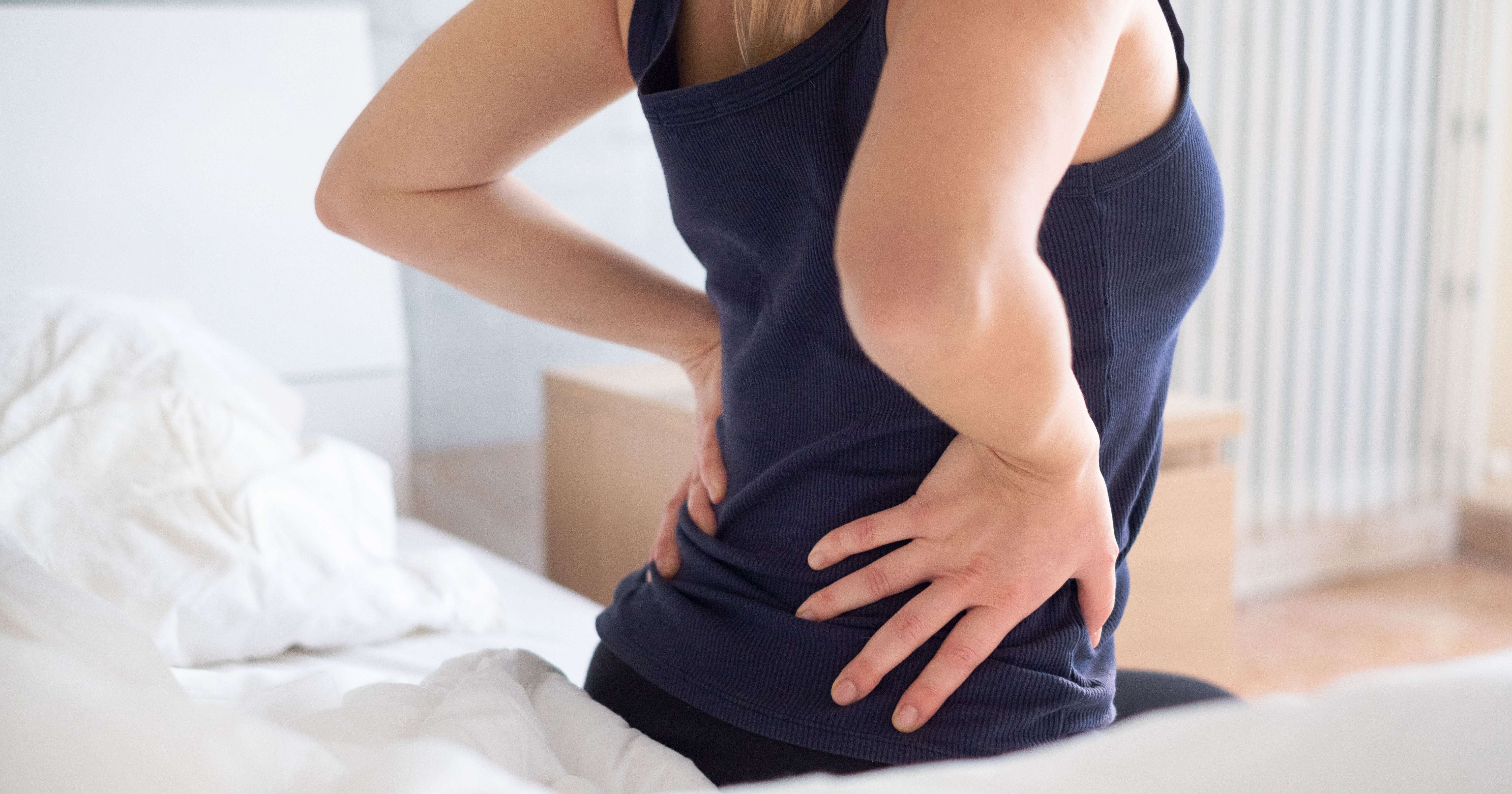Elbow Bursitis Causes and Treatment Options
While we are usually unaware of the bursae in our bodies, when one of them becomes inflamed, the pain is hard to ignore. A bursa is a pouch filled with a small amount of lubricating fluid that provides cushioning between a bone and a tendon, ligament, muscle or skin, which allows them to slide smoothly over the bone as it moves. Bursae are located wherever tissue and bone meet. When the tissue of the bursa becomes swollen and inflamed it causes bursitis.
Though bursitis can occur anywhere in the body where bursae are located, the most common areas are the shoulder, hip, knee and elbow. Elbow bursitis is one of the more common types of this disorder and is common among students and tennis players. Though this may seem an unusual combination of people at risk for this condition, it makes sense when you realize that bursitis can be caused by excessive repetitive motion (as in hitting a tennis ball, vacuuming or hammering, for example) or putting frequent pressure on the bursa (like when a student leans on their elbows at their desk).
A traumatic injury to the area, such as in a fall or a car accident, can also lead to bursitis. If bacteria get inside the bursa via a wound, an infection may result, leading to heat, redness, fever, chills, swelling and pain, and excess fluid will collect in the bursa, causing a large bump to form around the elbow (think of Popeye). Additionally, those who suffer from gout, diabetes or rheumatoid arthritis are at greater risk of contracting the condition.
The bursa of the elbow lies just behind the point of bone called the olecranon (which is why it is technically referred to as olecranon bursitis). As the inflamed tissue of the bursa stretches and fills with excess fluid, it reduces the amount of space around the joint, so it becomes more difficult for the joint to move, and causes feelings of pain and stiffness.
The first treatment for bursitis is RICE (Rest, Ice, Compression and Elevation). Rest the elbow as much as possible, being sure to keep as much pressure off it as possible. Elbow pads can be used to cushion the elbow, if necessary. Reduce swelling by applying ice and wrapping an elastic bandage around the elbow, and keep your arm elevated above your heart. You can take non-steroidal anti-inflammatory medication (NSAIDs) to help decrease inflammation and reduce pain, and your doctor may prescribe antibiotics if the bursa is infected.
In serious conditions excess fluid is removed via aspiration, where a needle is inserted into the bursa so the fluid can be drawn out. This is an in-office treatment and a sample of the fluid may be sent to a lab to be checked for infection. In rare cases, surgery may be recommended to remove the bursa entirely, but this is only when the bursitis has not responded to other conservative treatment and the condition has been prolonged. More conservative measures such as chiropractic therapy are far safer and effective as a fist line of defense in these situations. Modalities such as cold laser therapy, ultrasound, electrotherapy, instrument assisted soft tissue therapy and Kinesio Taping Technique are an effective way to remove the inflammation and swelling without any side effects or risk of infection. Elbow bursitis generally heals in a matter of weeks or months, depending on its severity. Seeking care from your chiropractor should be the first step in initiating care for your bursitis. A proper evaluation should be performed to rule out any pathology and care should be given as soon as possible to expedite the healing process. If you or anyone you know suffering with elbow pain please feel free to contact Dr. Anthony Rivano at (973)845-6282 or click on this link to contact the office via our online form /contact.



